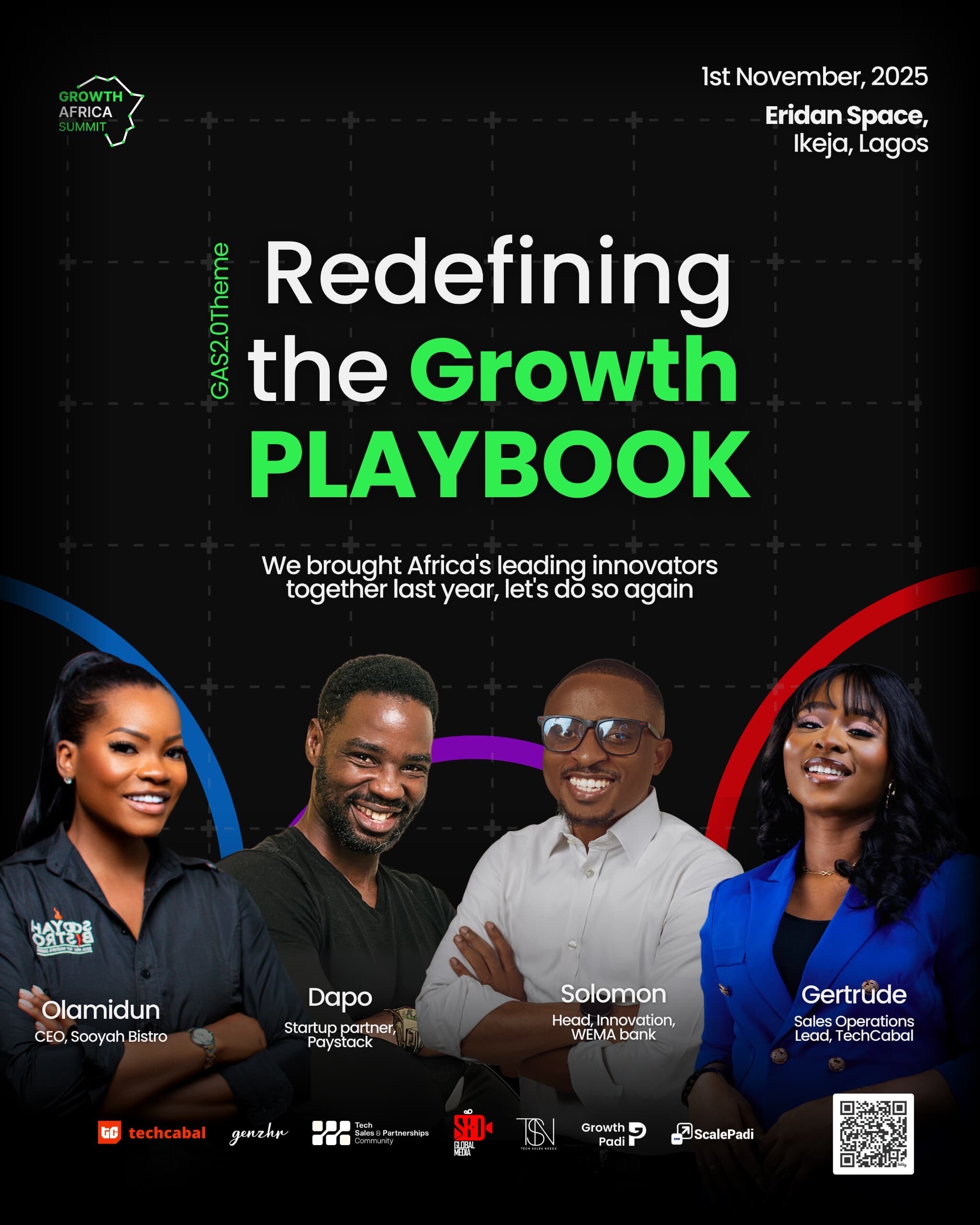One of the most enduring images of rural agricultural Kenya is tea, dairy, or coffee farmers waiting patiently in line outside a cooperative office. In their pockets, a passbook, clinging to the promise that at the end of the month, the cooperative officials will pay them fairly, lend them when they need to plant again, and help them send children to school.
This has been the quiet financial backbone of Kenya’s agricultural economy for decades. While Nairobi obsesses about venture capital, angel investors, and dollar-denominated debt, the cooperative model — born in coffee, milk, and tea fields — has consistently kept cash flowing when banks retreated.
As Kenyan startups face funding challenges, founders can borrow lessons from farmers and the many professional Savings and Credit Cooperative Organisations (Saccos).
Next Wave continues after this ad.
Funding squeeze. A familiar story
Kenya’s startup ecosystem is used to headlines about foreign dollars. For much of the past decade, venture capital has flowed into fintechs and e-commerce platforms, like water in our rivers during the rains.
But the tide has receded. Global risk capital is tightening, valuations have collapsed, and founders are finding themselves at the mercy of foreign investors who now dictate harsher terms.
Banks, meanwhile, are no refuge. Lenders have discovered the comfort of government securities. Why risk lending to an early-stage business when Treasury bills pay double-digit returns with no collateral headaches?
The numbers tell it all. According to the Business Daily, while bank and microfinance lending declined, Saccos stepped in and disbursed KES 91 billion ($702.7 million) in 2024 alone. This should ring a bell to founders in the country; the money is there, but flowing through different pipes.
This is not the first time banks have abandoned entrepreneurs or ordinary people seen as risky borrowers. In the 1980s and 1990s, coffee farmers in Nyeri, Kiambu, and Murang’a turned to their cooperatives when commercial banks tightened lending amid structural adjustment. Those societies built milling factories, bought trucks, and even invested in schools.
In Kenya, the cooperative model has thrived where formal finance has feared to tread.
The Sacco model
The Kenyan approach to cooperatives, and Saccos is simple: members pool their savings and lend to each other. It is built on trust and social discipline. Members who default risk exclusion from the very network that sustains them.
That is why default rates in the sector have historically been lower than those of banks, despite serving poorer and riskier clients.
Next Wave continues after this ad.
Today, the sector controls over KES 1.5 trillion ($11.5 billion) in assets. It finances homes, school fees, farm equipment, boda-boda purchases, and even hospital bills. For millions of Kenyans, it is a bank, not just an alternative.
Consider Stima Sacco. What began in the 1970s as a small cooperative for electricity workers now serves more than 170,000 members nationwide and controls assets north of KES 55 billion ($424.7 billion). Its loan book has expanded far beyond employee salary advances — today, SMEs tap Stima Sacco for business loans, mortgages, and asset financing at rates banks struggle to match. The lesson is that once a Sacco builds trust and scale, it naturally becomes a credible financier for entrepreneurs.
What startups can learn
The parallels between farmer cooperatives and startups are closer than they appear. Both operate in environments where capital is scarce and traditional lenders demand collateral they do not have. Both thrive on community, networks, and shared risk.
Take Githunguri Dairy. Farmers pooled tiny daily milk contributions and, over time, built Fresha milk — now a household brand. Or consider Murang’a tea cooperatives, which collectively run processing factories and negotiate international sales.
Success came from the pooling of local capital, disciplined governance, and reinvestment.
Picture a group of 50 Kenyan startups forming a cooperative. Instead of waiting for the next elusive $5 million Series A, they each commit a percentage of their revenues into a common pool. That pool becomes a revolving credit line. One startup uses it to bridge payroll while waiting for customer payments; another borrows to test a new product. Over time, the pool grows, and successful members reinvest dividends. It may not match the scale of foreign VC, but it creates resilience, local ownership, and trust.
Unaitas Sacco, originally a farmers’ cooperative in Murang’a, is a case study in how Saccos can scale into SME finance. From humble beginnings in the 1990s, it now operates countrywide with over 300,000 members and an asset base of over KES 20 billion ($154.4 million).
Its lending portfolio includes traders, agri-SMEs, and small manufacturers — groups often ignored by commercial banks. A “Founders’ Sacco” could walk the same path by starting small, building trust, then expanding into a credible alternative to funding or bank credit.
Of course, startups cannot simply cut-and-paste the Sacco model. Tech companies face different risks, longer gestation periods, and volatile returns. But this is where policy can make a difference.
Imagine a regulatory framework that allows startup-focused Saccos to operate with flexibility while ensuring proper governance. Policymakers could encourage cooperatives that pool equity-like contributions, not just deposits. Tax incentives could be offered for members who reinvest dividends into local ventures.
And there’s precedent. Kenya already has specialised Saccos—teachers, lawyers, journalists, public transport operators, and boda-boda riders. Why not a national or regional startup Saccos? It would not replace venture capital but could anchor the ecosystem with domestic capital, reducing overreliance on foreign flows.
Next Wave continues after this ad.
Numbers don’t lie
The opportunity is there. As banks retreated, Saccos grew their loan books by $702,7 million in 2024. The sector’s asset base has consistently grown in double digits, even through economic turbulence. Meanwhile, only a fraction of Kenyan startups raise venture capital, and even fewer secure bank loans. The mismatch that Kenya’s most successful indigenous financing engine has barely touched the startup economy is glaring.
Kenya Police Sacco tells an interesting story. The cooperative has repeatedly ranked among Kenya’s largest lenders with an asset base above KES 50 billion ($386.4 million) and membership that cuts across law enforcement, teachers, and civil servants. In 2024, it issued billions in member loans — from school fees financing to SME working capital. This is institutional credit creation outside the banking sector, overseen by SASRA, and deeply trusted by its members. If public servants can leverage a Sacco to run businesses on the side, why shouldn’t startup founders do the same?
Cooperative finance has supported industries globally, from agriculture in India to housing in Germany. Kenya already has the cultural infrastructure — chamas, merry-go-rounds, and Saccos— in place. What’s missing is imagination and supportive policy.
The future of startup funding in Kenya may not lie entirely in VC funding. It may be reimagined in Sacco offices, which have supported millions of farmers and salaried workers to access capital—the same offices where ordinary Kenyans pooled pennies and built businesses.
The challenge is whether Nairobi’s policymakers and founders have the courage to rethink what innovation finance looks like, and to see the Sacco not as a thing of the past, but as a blueprint to power growth.
Next Wave ends after this ad.
Adonijah Ndege
Senior Reporter
Thank you for reading this far. Feel free to email adonijah[@]bigcabal.com with your thoughts about this edition of NextWave. Or just click reply to share your thoughts and feedback.
We’d love to hear from you
Psst! Down here!
Thanks for reading today’s Next Wave. Please share. Or subscribe if someone shared it to you here for free to get fresh perspectives on the progress of digital innovation in Africa every Sunday.
As always feel free to email a reply or response to this essay. I enjoy reading those emails a lot.
TC Daily newsletter is out daily (Mon – Fri) brief of all the technology and business stories you need to know. Get it in your inbox each weekday at 7 AM (WAT).
Follow on Twitter, Instagram, Facebook, and LinkedIn to stay engaged in our real-time conversations on tech and innovation in Africa.












